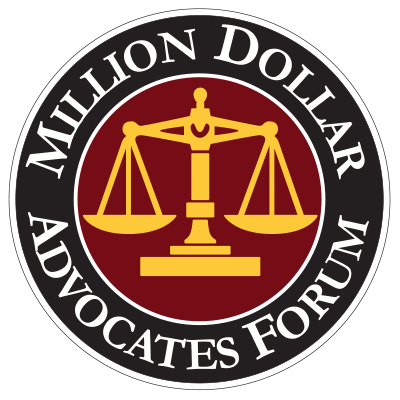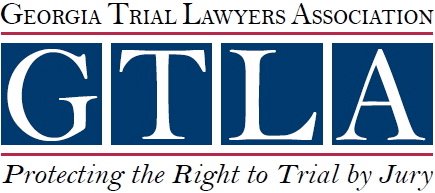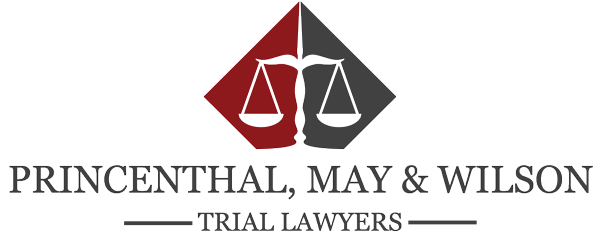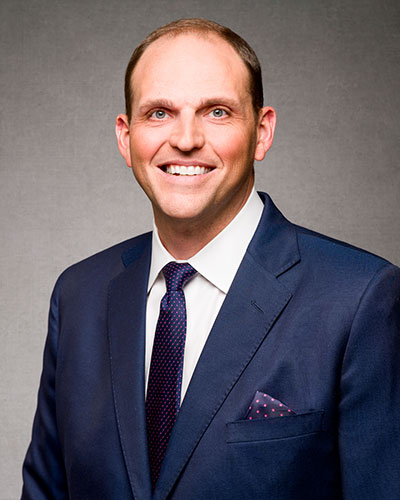When you purchase a product, you expect it to be safe to use. Manufacturers are required to create items that will not cause harm if used properly. However, accidents can still happen, and injuries can still occur, even when the product comes with warning labels. Many people wonder if they can pursue a product liability claim when the product had a warning label. The presence of a warning label may seem like it prevents any further legal action, but this is not always the case. There are circumstances where a person can still file a claim, despite the product containing a warning about possible dangers. At, Princenthal, May & Wilson, LLC, we are here to guide you through the legal process and help you navigate the complexities of your case.




Understanding Product Liability
Product liability refers to the responsibility that manufacturers, distributors, and retailers have for making sure that the products they sell are safe for consumer use. This responsibility covers a wide range of issues, from the design of the product to its manufacturing process, and even how the product is marketed. When a product causes injury or harm to a person, the company responsible for making or selling the product may be held accountable through a product liability claim.
There are several types of product defects that could lead to a claim. These include design defects, manufacturing defects, and marketing defects. Design defects occur when the product is unsafe due to how it was planned or designed. Manufacturing defects happen when something goes wrong during the production of the product, causing it to be dangerous. Marketing defects refer to issues with how the product is labeled or promoted. This includes problems with instructions or warnings about how to safely use the product. Even if a product comes with warning labels, you may still be able to file a claim if the defect falls into one of these categories.
The Role of Warning Labels in Product Liability
Warning labels are often placed on products to inform consumers of possible risks associated with using the product. These warnings help prevent injuries by educating people about what they should avoid doing or how to properly handle the product. For example, a bottle of cleaning solution may contain a warning label telling you not to ingest the liquid or avoid getting it in your eyes. These labels are intended to protect both the consumer and the manufacturer from liability in the event of an injury.
However, just because a product has a warning label does not mean that the company is free from liability. The presence of a warning label is only one factor in determining whether a company can be held accountable for injuries caused by the product. There are instances where the warning label may be inadequate, unclear, or even absent, despite the product having dangerous characteristics. In such cases, a consumer may still have grounds to pursue a product liability claim.
When Warning Labels Are Not Enough
A warning label can only protect a company from liability if the label is effective in preventing harm. There are situations where a warning label may not be enough to shield a manufacturer or seller from responsibility. For instance, if the warning label is not visible or is written in a way that makes it difficult to understand, the label may not provide sufficient protection. Manufacturers have a duty to make sure that their warning labels are clear, noticeable, and informative. If a label is missing important information or is too vague, it may not fulfill its purpose, and the company could still be held liable for any injuries that result.
In some cases, the warning label might fail to address all potential dangers of using the product. A label should warn about every significant risk that comes with using the item. If the product causes an injury due to a risk that was not included in the warning, the company might be responsible for damages. Additionally, if the company knew about the danger and did not include it in the warning, this could further strengthen your claim.
Another important factor is the effectiveness of the product’s design or manufacturing. If a product is inherently unsafe, even the best warning label may not be enough to protect consumers. For example, if a toy for children is designed in a way that makes it easy for parts to break off and become choking hazards, a warning label advising against giving the toy to young children may not be sufficient. In this case, the company may still be liable for selling a defective product, regardless of the warning label.
Proving Your Product Liability Claim
If you have been injured by a product, and the product had warning labels, proving your product liability claim can still be possible. You will need to show that the warning label was inadequate or that the product was defective in another way. For example, you might demonstrate that the warning label was not clear enough or that it did not address the specific danger that caused your injury. Alternatively, you may prove that the product was dangerous due to a design or manufacturing defect, and the warning label did not address these issues.
Hiring a Personal Injury Attorney How Long Will a Personal Injury Case Take?Related Videos
To successfully pursue a product liability claim, you will also need to show that the injury occurred as a direct result of the product’s defect or inadequate warning. This means proving that you used the product correctly and that the injury would not have happened if the product had been properly designed, manufactured, or labeled. An attorney experienced in product liability cases can help gather the evidence needed to support your claim, such as the product itself, medical records, and testimony.
Common Defenses in Product Liability Cases
Manufacturers often rely on several defenses when faced with a product liability claim, especially when the product had a warning label. One common defense is that the consumer misused the product in a way that caused the injury. For example, if the product was used in a way that was clearly outside its intended purpose, and the warning label advised against such use, the manufacturer might argue that the injury was due to consumer error rather than a defect in the product.
Another defense is that the warning label was adequate and that the consumer ignored or did not follow the instructions. If the warning label was clearly visible and provided all the necessary information about potential dangers, the manufacturer may argue that they fulfilled their duty to warn the consumer of the risks. In these cases, it is important to evaluate whether the warning label was truly effective and whether it addressed all possible dangers associated with the product.
Representative Cases
The manufacturer may also argue that the injury was caused by an external factor, such as improper storage or handling of the product. In some cases, the condition in which the product was stored or the environment in which it was used can impact its safety. If the injury resulted from improper care of the product, the manufacturer may try to shift the blame to the consumer.
How an Attorney Can Help with Your Product Liability Claim
Navigating a product liability claim can be complicated, especially if the product had warning labels. An experienced attorney can evaluate your case and determine whether you have a valid claim despite the presence of warning labels. They can help gather evidence, assess the effectiveness of the warning label, and determine whether the product was defective in any other way. Your attorney will work to prove that the manufacturer is liable for your injuries and will help you seek the compensation you deserve for medical bills, lost wages, and other damages.
It is also important to act quickly when filing a product liability claim. There are deadlines known as statutes of limitations that dictate how long you have to file your claim. If you wait too long, you may lose the opportunity to seek compensation for your injuries. An attorney can help ensure that your claim is filed on time and that all necessary paperwork is completed correctly.
You can still pursue a product liability claim even if the product had warning labels, as long as you can demonstrate that the label was inadequate, unclear, or failed to address the specific danger that caused your injury. You may also have a claim if the product was inherently dangerous due to a design or manufacturing defect that the warning label could not fix. Proving these points requires careful evaluation and strong evidence, but with the right legal assistance, it is possible to hold manufacturers accountable for the harm their products cause.
If you or someone you love has been injured by a defective product, do not hesitate to reach out for legal help. Princenthal, May & Wilson, LLC is here to support you through every step of the process. Contact us today to discuss your case and find out how we can help you pursue the compensation you deserve for your injuries.





